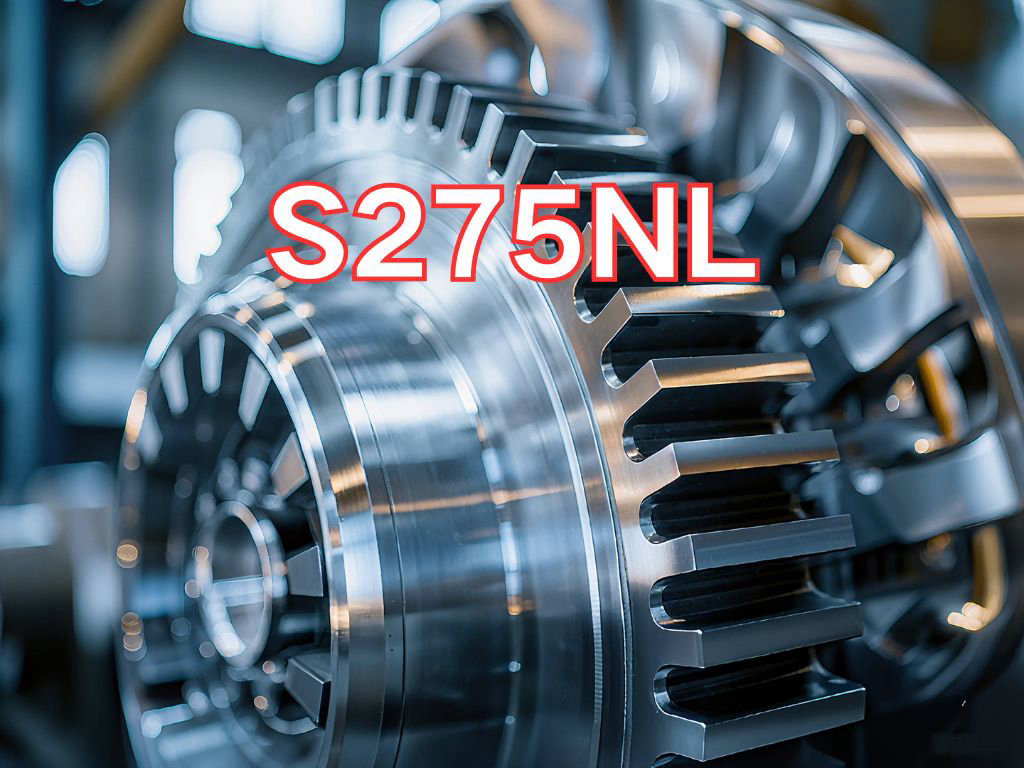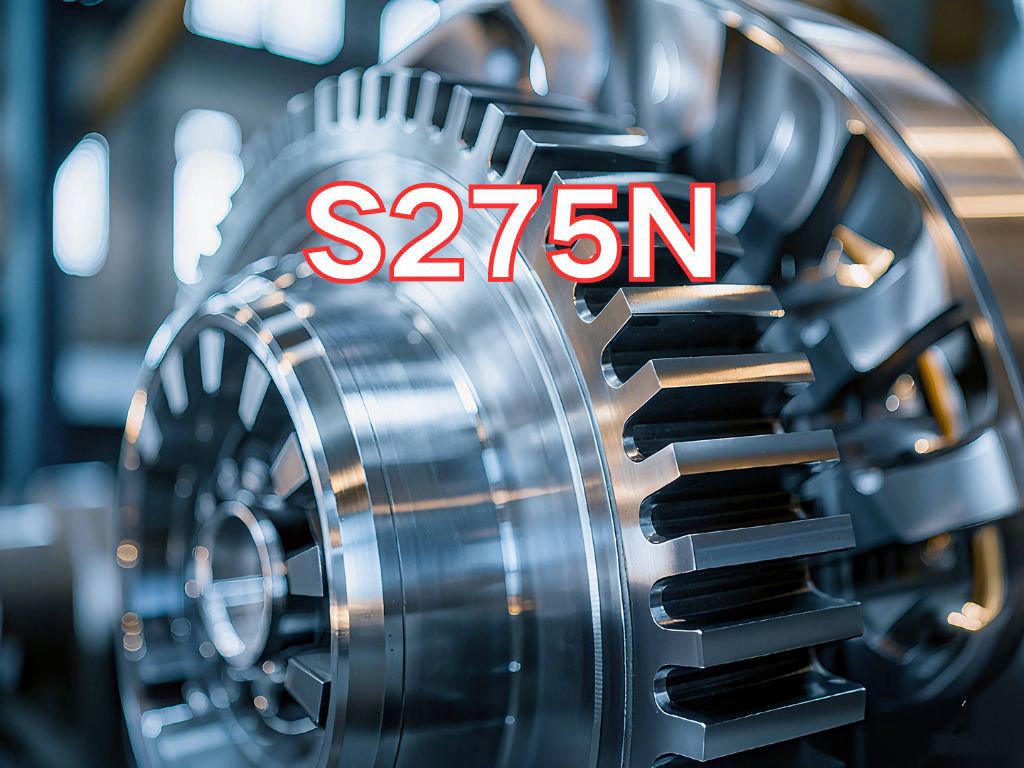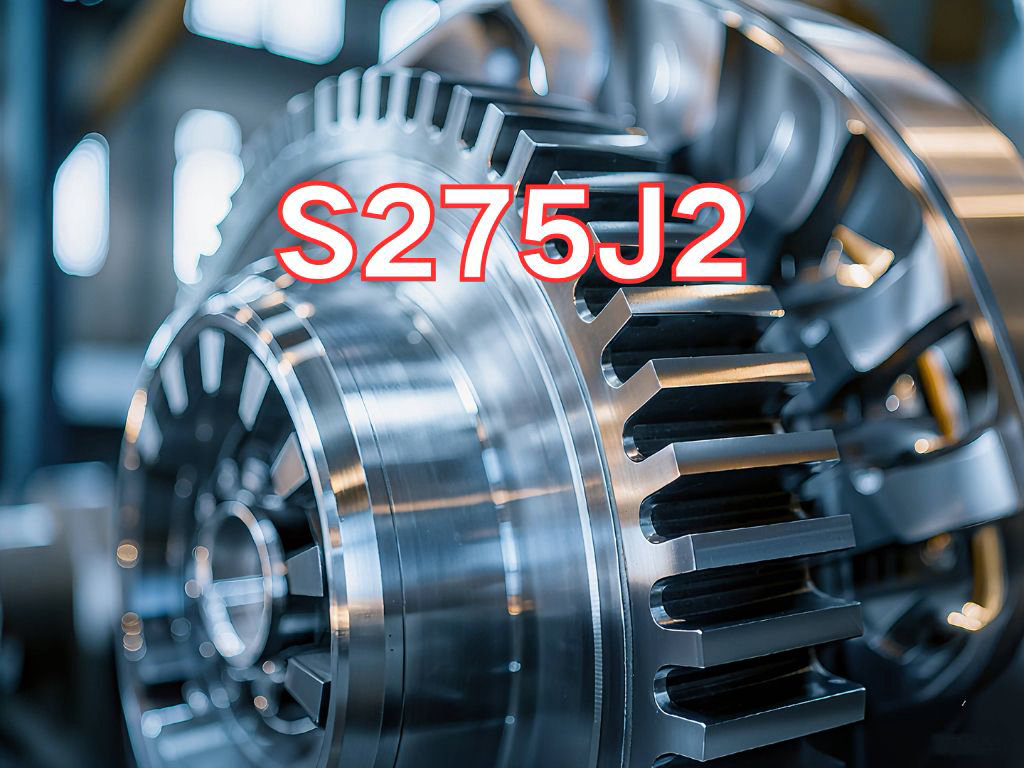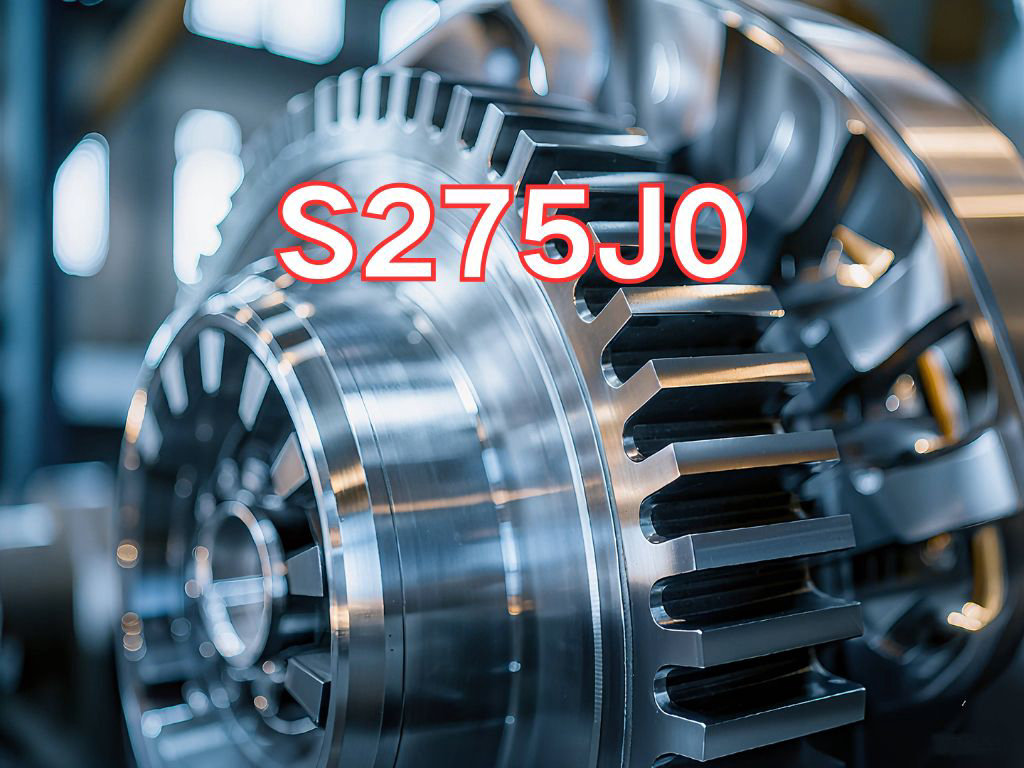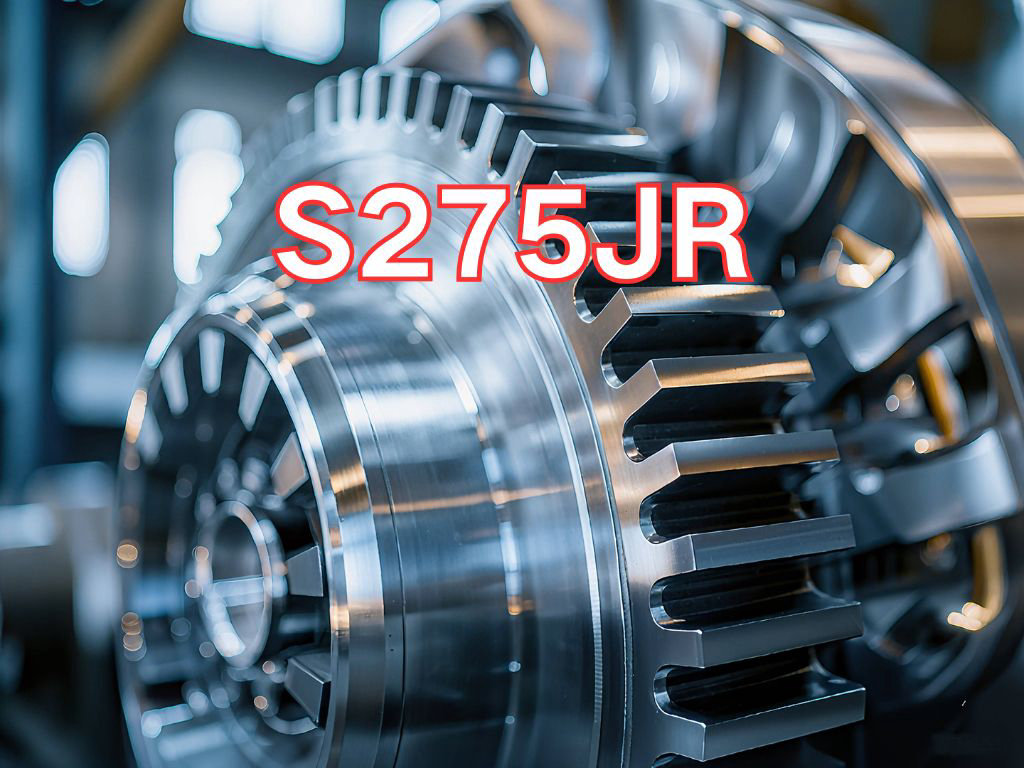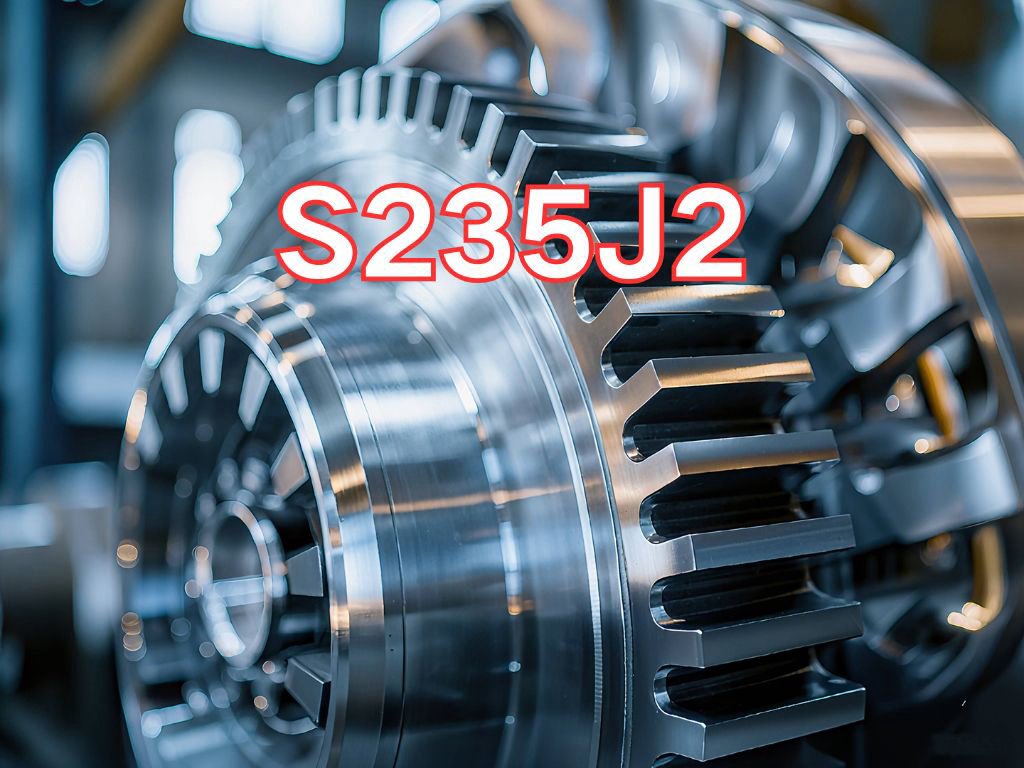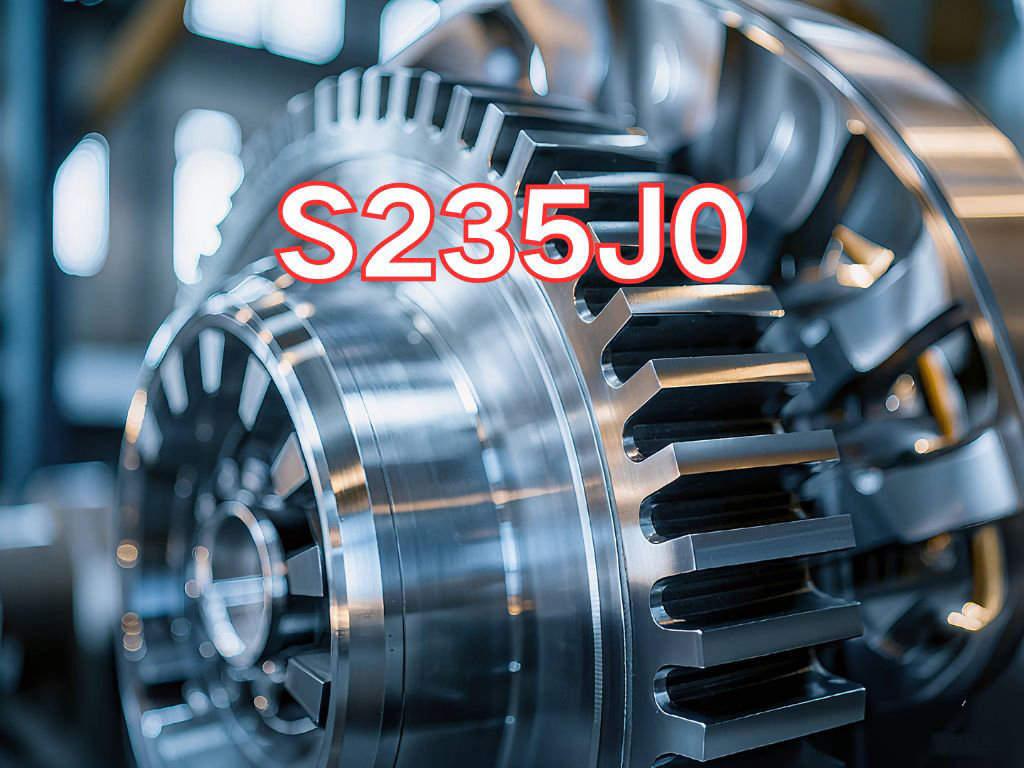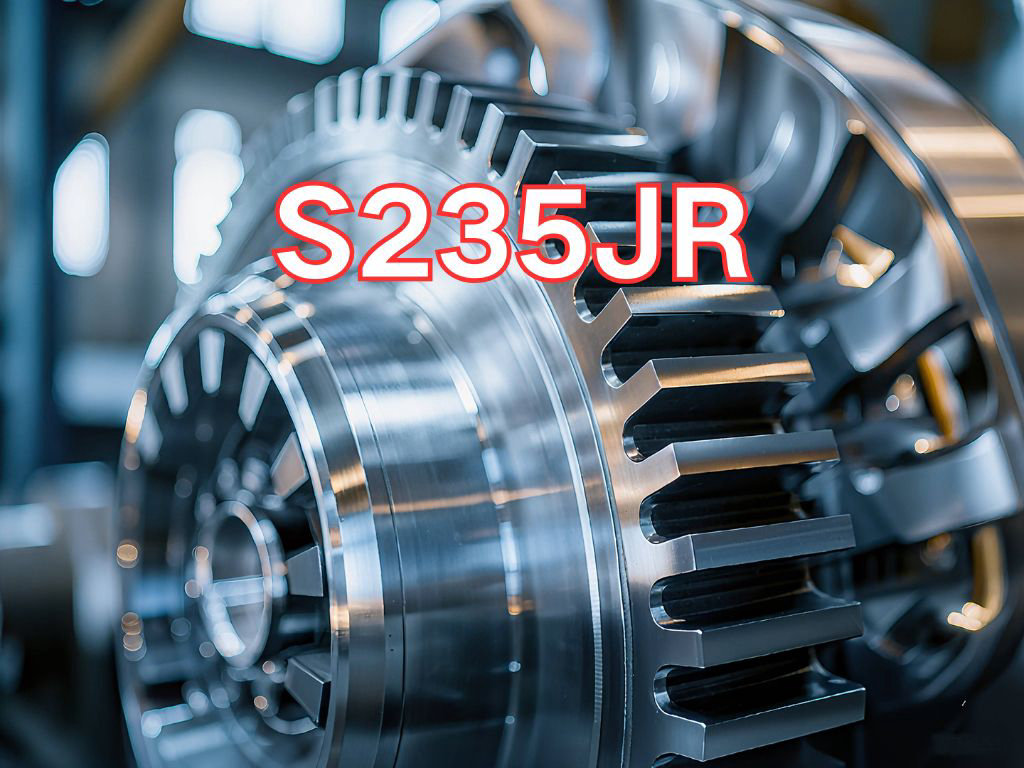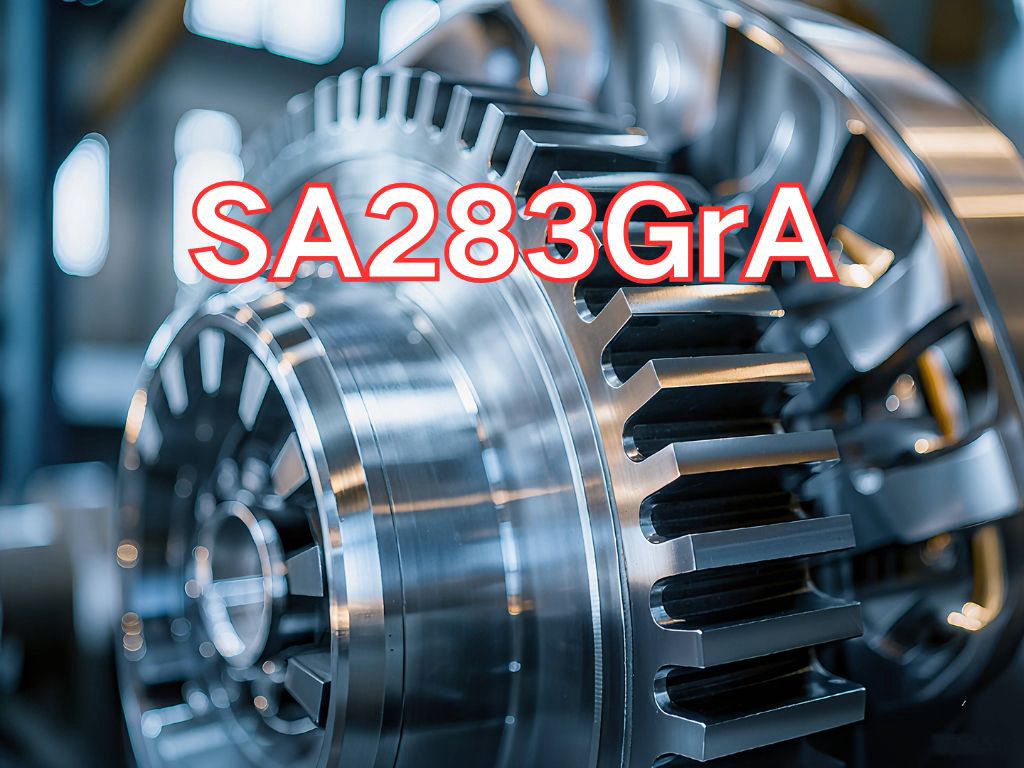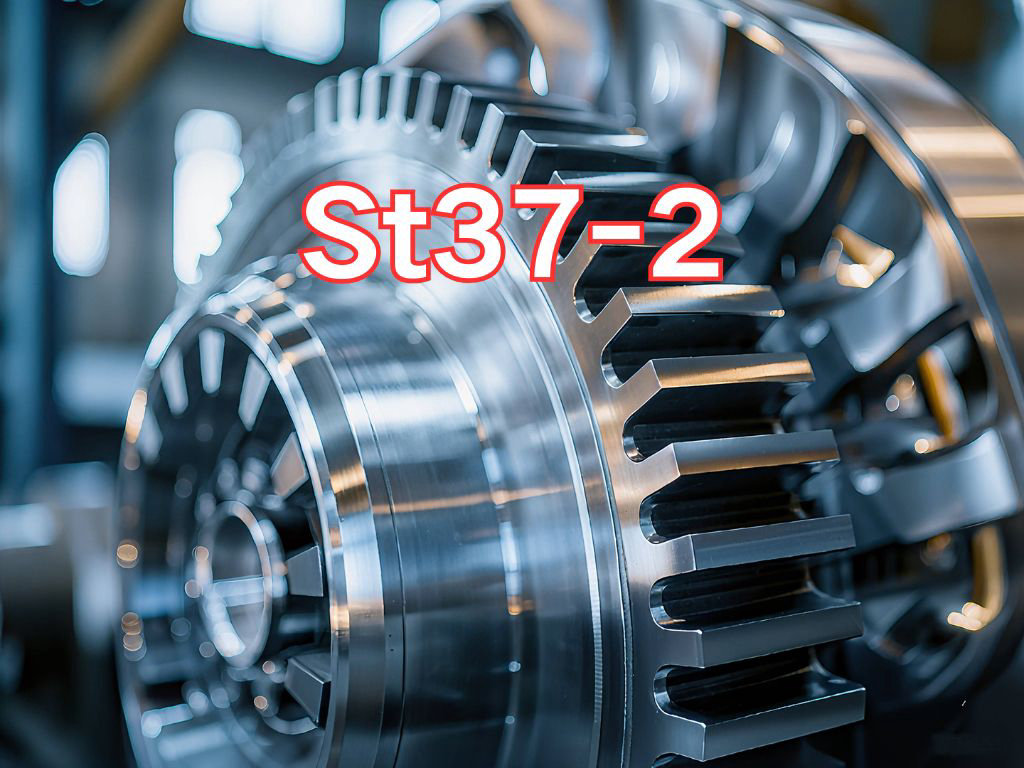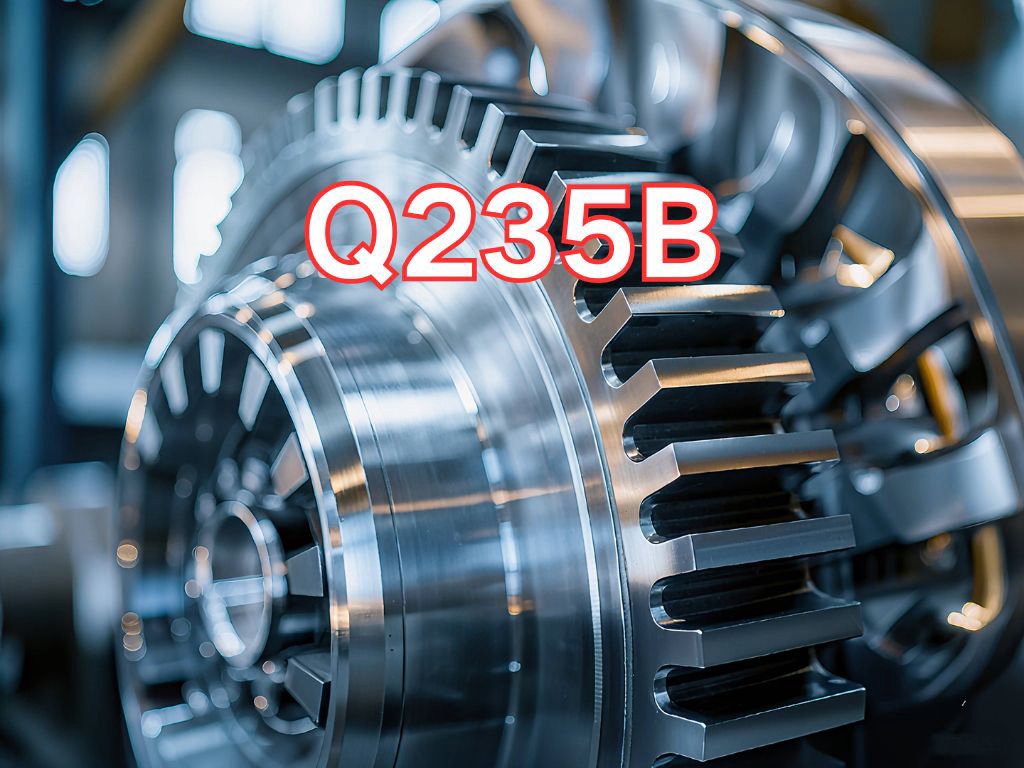

Q235B
Q235B is a commonly used grade of carbon structural steel specified in the Chinese national standard GB/T 700-2006 Carbon Structural Steels. Due to its widespread application and moderate price, it is often colloquially referred to as "common plate", or "pu ban" in Chinese, meaning ordinary steel plate. It is a low-carbon steel with a yield strength of approximately 235 MPa.
1. Q235B Grade Designation
- Q: Stands for the first pinyin letter of "Qu" , meaning "yield," indicating the steel's yield strength.
- 235: Indicates the specified minimum lower yield strength (ReL) of 235 MPa.
- B: Represents the quality grade. Q235 steel has four quality grades: A, B, C, and D. Letters later in the alphabet indicate higher quality requirements.
Grade B: Requires impact testing at 20°C, with a minimum impact energy (AkV) of 27 J. Additionally, it has stricter control over the content of harmful elements such as sulfur (S) and phosphorus (P) compared to Grade A.
Deoxidation Method Symbols:
- F: Boiling steel
- b: Semi-killed steel
- Z: Killed steel
- TZ: Special killed steel
- Note: For killed steel, the symbol "Z" or "TZ" may be omitted. For example, Q235-BF denotes Grade B boiling steel.
2. Chemical Composition of Q235B Steel Plate
Characteristics: Low carbon, low alloy. The low carbon content ensures good weldability and ductility, although the strength is relatively moderate. Sulfur and phosphorus contents are controlled at low levels to reduce hot and cold brittleness.
Element | Content(Mass,%) |
|---|---|
Carbon (C) | ≤ 0.20 |
Silicon (Si) | ≤ 0.30 |
Manganese (Mn) | 0.30 - 0.70 |
Sulfur (S) | ≤ 0.045 |
Phosphorus (P) | ≤ 0.045 |
3. Physical and Mechanical Properties of Q235B Steel Plate
Mechanical Properties:
- Yield Strength (ReL): ≥ 235 MPa
- Tensile Strength (Rm): 375 - 500 MPa
- Elongation after Fracture (A): ≥ 26% (for test specimen L₀=5.65√S₀)
- Impact Energy (AkV): ≥ 27 J at 20°C (V-notch)
Physical Properties (Typical Values):
- Density: Approximately 7.85 g/cm³
- Elastic Modulus: Approximately 206 GPa
- Coefficient of Thermal Expansion: Approximately 12 × 10⁻⁶ /°C
- Thermal Conductivity: Approximately 50 W/(m·K)
4. Production and Manufacturing of Q235B Steel Plate
Production Process:
- Steelmaking: Typically produced using basic oxygen furnace (BOF) or electric arc furnace (EAF) processes.
- Continuous Casting: Molten steel is cast into slabs.
- Hot Rolling: The slabs are reheated and rolled into steel plates or strips of the required thickness using hot rolling mills. Q235B is primarily delivered in the hot-rolled condition.
- Cooling and Finishing: After hot rolling, the steel is naturally cooled (controlled cooling), followed by leveling, edge trimming, cutting to length, surface inspection, and packaging.
5. Application Fields of Q235B Steel Plate
Due to its good overall performance and cost-effectiveness, Q235B is widely used in structural components where high strength is not required but good ductility and weldability are essential. Examples include: - Building Structures: Beams, columns, and bracing for factories, warehouses, and simple buildings.
- Engineering Structures: Bridges, towers, pipe supports, machine bases, and fences.
- General Manufacturing: Non-critical mechanical parts, enclosures, pallets, hoppers, etc.
- Vehicle Manufacturing: Non-load-bearing components for agricultural machinery and low-speed vehicles.
- Daily Use Items: Scaffolding, shelving, etc.
6. Equivalent Grades of Q235B in European, American, and Japanese Standards
Q235B has the following closest equivalent grades in international standards in terms of performance and application. However, note that differences exist between standard systems in chemical composition, mechanical properties (especially impact toughness requirements), and delivery conditions. They are not entirely identical and material substitution must be evaluated based on specific design codes.
European Standard (EN 10025-2:2019)
S235JR: This is the closest equivalent grade.
- S: Structural steel
- 235: Minimum yield strength of 235 MPa
- J: Longitudinal impact energy ≥ 27 J at 20°C
- R: Delivered in normalized or hot-rolled condition
- S235JR is very similar to Q235B in terms of yield strength and room-temperature impact requirements.
American Standard (ASTM)
ASTM A36: This is the most commonly used carbon structural steel in the US, with applications similar to Q235B.
- Yield strength requirement: ≥ 250 MPa (36 ksi), slightly higher than Q235B.
- Tensile strength: 400–550 MPa.
- Has defined elongation requirements.
- Although the strength level is slightly higher, it is often considered an approximate substitute for Q235B in many non-critical applications.
Japanese Standard (JIS G 3101:2015)
SS400: The most commonly used general structural rolled steel in Japan.
- SS: General Structure Steel
- 400: Minimum tensile strength of 400 MPa
- The standard does not specify a minimum yield strength, but it is typically guaranteed to be above 245 MPa.
- Requires longitudinal impact energy ≥ 27 J at 20°C.
- SS400 matches well with Q235B in tensile strength and impact toughness and is a common equivalent grade.
China Standard (GB) | European Standard (EN) | USA Standard (ASTM) | Japan Standard (JIS) |
|---|---|---|---|
Q235B | S235JR | A36 | SS400 |
Summary of Equivalents:
These equivalencies are approximate matches based on application and performance ranges. In actual engineering applications, when substituting materials, the specific requirements of the relevant standards (such as chemical composition, mechanical properties, inspection rules, etc.) must be carefully verified, and design codes must be followed. Engineering evaluation or consultation with materials experts may be necessary.
7. Brief History of Q235B Steel Plate
From a historical timeline perspective, ASTM A36 is the earliest of these four grades to be defined and widely adopted.
ASTM A36: Its predecessor dates back to the early 20th century. The American Society for Testing and Materials (ASTM) began developing structural steel standards in the 1930s. The specific grade A36 was formally included in the ASTM standard (ASTM A36/A36M) in 1960 and rapidly became the most widely used carbon structural steel standard in the United States and globally. The "36" represents a yield strength of 36 ksi (approximately 250 MPa), reflecting the early American industrial system based on imperial units.
SS400: The Japanese Industrial Standard (JIS) SS series was first published in 1955 (JIS G 3101), with SS400 as a primary grade, marking the standardization of structural steel during Japan's post-war industrial reconstruction. It was formally established slightly earlier than A36, but the US had an earlier start in structural steel standardization.
S235JR: The European standard (EN) is relatively recent. Before the EN standards (such as EN 10025) unified national standards across Europe in the 1990s, each country had its own system (e.g., Germany's St37, UK's 43A/B). S235JR was developed under the coordination of the European Committee for Standardization (CEN) during the process of European integration, aiming to replace the older national standards.
Q235B: The earliest version of the Chinese national standard GB 700 was issued in 1965, influenced by Soviet standards, with the original grade designation "A3." The current "Q"-prefixed grading system was established in the 1988 standard GB 700-88, from which Q235B originated. The standard was updated to GB/T 700-2006 in 2006.

Ultrasonic Testing (UT)
A key non-destructive testing technique that uses high-frequency sound waves to detect internal flaws in steel plates. The probe emits sound waves, which reflect when encountering defects such as cracks or inclusions. The receiver captures the echoes, enabling precise determination of defect location and size. With high sensitivity, strong penetration, and fast inspection speed, UT effectively ensures internal quality, widely used in the production of heavy plates, pressure vessel plates, and other high-end products to guarantee safety and reliability.

Magnetic Particle Testing (MT)
A common surface inspection method that magnetizes the workpiece, causing leakage magnetic fields at surface or near-surface defects like cracks or inclusions, which attract magnetic particles to form visible indications. Simple to operate and highly sensitive, MT is suitable for rapid inspection of surface and near-surface flaws in ferromagnetic materials, widely used for online or offline inspection of plate edges, ends, and welds, ensuring product quality and safety.

Penetrant Testing (PT)
A non-destructive method for detecting surface-breaking flaws. A penetrant liquid is applied to the cleaned steel surface, allowing it to seep into defects such as cracks or pores. After removing excess penetrant, a developer is applied, causing the trapped penetrant to bleed out and form visible indications. Simple and cost-effective, PT is suitable for inspecting surface defects in various non-porous materials, commonly used for welds, castings, and complex components, effectively ensuring surface quality of steel plates.


